Sennacherib’s Prism
The Sennacherib Prism is an ancient hexagonal clay artifact with multiple lines of cuneiform writing. It contains the writing of the Assyrian King Sennacherib concerning his exploits in and around Jerusalem in 701 BC during the reign of Biblical King Hezekiah.
These inscriptions were inscribed on several three known prisms stored in various museums around the world. The Taylor Prism is in the British Museum, the Oriental Institute prism is stored in the Oriental Institute of Chicago, and the Jerusalem Prism is in the Israel Museum in Jerusalem. The inscriptions are nearly identical to each other with only minor differences.
These prisms are of considerable importance because they document the military adventures of one of the most important ancient Assyrian kings in history. His conquests would reshape the architecture in the Middle East as he wiped through cities and then rebuilt nations. But probably its greatest importance is that it largely confirms the narrative of Sennacherib’s attempted conquest of Jerusalem.
Discovery of the Sennacherib Prism
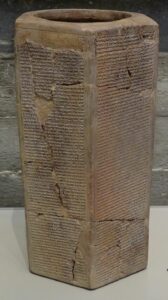
Sennacherib’s Prism
The prism was discovered among the ruins of the ancient city of Nineveh by Colonel Taylor in 1830 at Nineveh which was the ancient capital of the Assyrian Empire and now is modern-day Mosul in Iraq.
Another version of the text was found on what became known as the Sennacherib Prism which is now in Chicago. It was purchased from a Baghdad antiquities dealer in 1919. Henry Austen Layard later found the Royal Palace of Sennacherib along with many other archaeological artifacts. The other complete prism was acquired by the Israel Museum at a Sotheby’s auction in 1970.
In addition to the three complete Sennacherib prisms noted above, there are at least eight other fragmentary copies of broken prisms preserving a small part of the text – generally only a few lines. They are all held at the British Museum in London.
Sennacherib in ancient Akkadian means “Sin (the moon god) has multiplied the brothers.” He was one of the most powerful ancient monarchs who was King of Assyria and son of Sargon II. He inherited the vast kingdom from his father Sargon II and ascended the throne on the twelfth day of Ab (July-August) 705 BC.
Background of the Sennacherib Prism
Sennacherib was enraged because the inhabitants of ancient Palestine including the Jewish King Hezekiah, had ceased sending him money and refused to submit to Assyrian domination. He was particularly troubled because through their actions they were not respecting him as they had respected his ancestors.
Because of this, the King would invade Palestine and exact revenge upon the disrespectful inhabitants while simultaneously acquiring all their wealth in the process.
Destruction of Israeli City Lachish
Lachish was an ancient Hebrew city guarding one of the approaches to Jerusalem. It was built on a hill in a defensible position against the attack and the inhabitants felt very safe there. They felt so safe that they had stopped paying any tribute to Assyria – and this enraged Sennacherib.
Lachish had a difficult history in ancient Israel; it joined with a league of tribes which fought against the Gibeonites (Joshua 10:31-33). The territory was captured and then
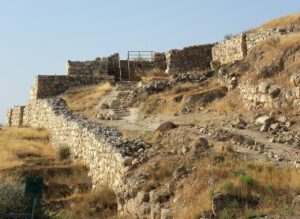
By Wilson44691 – Own work, CC BY-SA 3.0, Link
assigned to the tribe of Judah.
Lachish was second in importance only to Jerusalem in ancient Israel. They were concerned about an impending invasion from Assyria with an ancient Lachish letter noting,
Let my lord know that we are watching over the beacon of Lachish according to the signals which my lord gave, for Azekah is not seen. This pottery inscription can be seen at the Israel Museum in Jerusalem.
Unfortunately for Lachish, its defenders and mercenary troops proved to be no match for the experienced Assyrian army.
Modern excavations of the city reveal that the Assyrians built a dirt ramp up to the level of the city wall. The soldiers then were able to ascend the ramp and climb over the wall and exact their revenge upon the Jewish citizens living there.
The captured inhabitants of the city were led into captivity, while the city leaders were tortured to death. The town was abandoned but eventually resettled when the Jewish remnants returned after Babylonian captivity centuries later.
The Assyrian troops then moved on and began a siege of Jerusalem. Sennacherib boasted in his writings that he shut up “Hezekiah the Judahite” within the walls of Jerusalem “like a caged bird.”
The Biblical story shows Hezekiah asking for divine intervention against the Assyrian army. According to Scripture, the prayer was answered when a plague killed many in the Assyrian army (2 Kings 19).
The great Biblical prophet Isaiah said to the king,
Do not be afraid of the words which you have heard, with which the servants of the king of Assyria have blasphemed Me. Surely, I will send a spirit upon him, and he shall hear a rumor and return to his own land; and I will cause him to fall by the sword in his own land.
Interestingly, the historicity of this narrative is reinforced by similar accounts recorded in ex-Biblical literature.
Herodotus who is the father of Greek history, reports that the Assyrian fighting force was greatly reduced in one night due to a plague of field mice. The ancient Jewish historian Josephus quotes he Chaldean historian Berossus,
Now when Sennacherib was returning from his Egyptian war to Jerusalem, he found his army under Rabshakeh his general in danger [by a plague], for God had sent a pestilential distemper upon his army; and on the very night of the siege, a hundred fourscore and five thousand, with their captains and generals, were destroyed. (Antiquities 10.1.5).
Fate of Sennacherib
The Biblical Book of Kings then goes on to report what actually happened to Sennacherib once he returned to his capital city,
Now it came to pass, as he (Sennacherib) was worshiping in the temple of Nisroch his god, that his sons Adrammelech and Sharezer struck him down with the sword; and they escaped into the land of Ararat. Then Esarhaddon his son reigned in his place.
While this cannot be substantiated through archaeological discoveries, it is known that Sennacherib never did succeed in conquering Jerusalem with its great army after it was the siege.
Ancient Babylonian chronicles and Assyrian records relate Sennacherib’s death at the hand of his sons. The records indicate that he was murdered either directly be being stabbed by one of his sons, or be being crushed by the statue of the god he was worshiping.
Summary
The Prism of Sennacherib joins the growing number of ancient chronicles which support Biblical history. It particularly supports the Biblical history of the failure of the Assyrian siege of Jerusalem through some disease or confusion in the Assyrian army. Additionally, it supports extra-Biblical accounts of the death of Sennacherib through his sons either directly or indirectly.
The undeniable failure of Sennacherib’s Army to enter Jerusalem prior to just going home is a remarkable part of secular history. This again confirms the narrative written in the Bible.

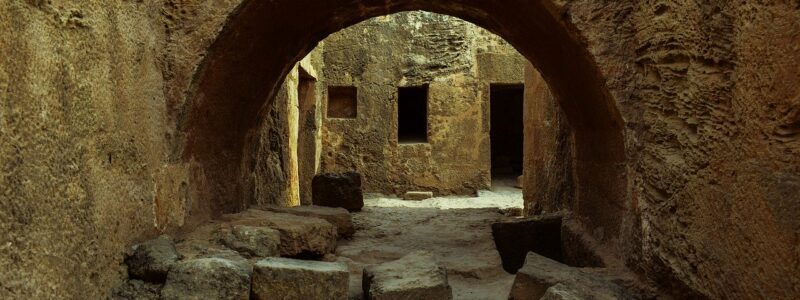
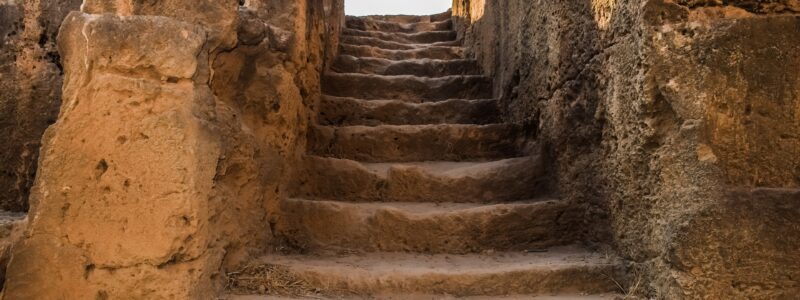
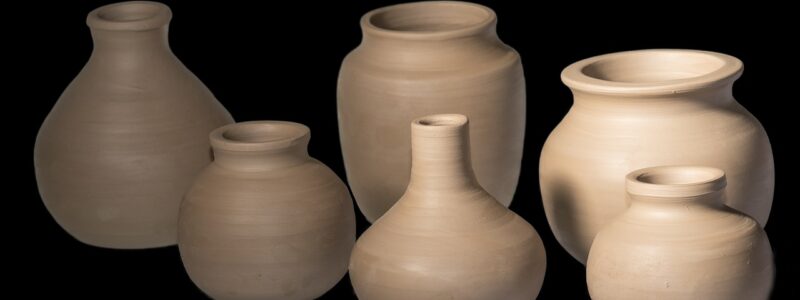
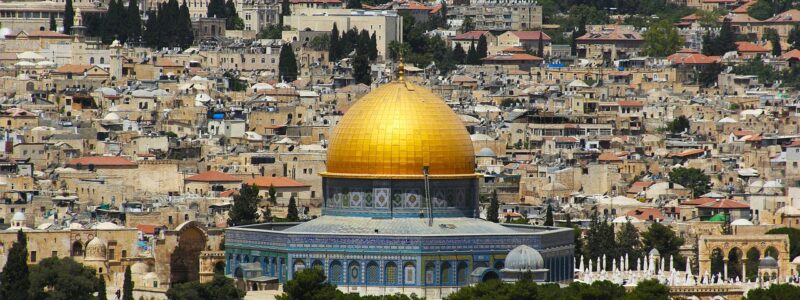
Hi, I went through your article and believe me it is absolutely great. This kind of historical information is very important because it will be available to all the coming generations. It will live forever and always be as important as it is now. I personally learned a lot from this post because I had never heard of Sennacherib’s prism before I read this post. Thanks for sharing this amazing post with us.
Thank you for your kind remarks. I am trying to build out a Christian site that will help Christians know the reasons they can have confidence in their faith. One reason is that confirmatory evidence is being dug up all the time in the Holy Land. As you noted, this confirmatory information is never really publicized – only the sensationalist.
Thanks again for your kind comments.
Hi There, me again.
I really like your site there are some interesting stuff on there and i also on a facebook page called Nephilim and giants i don’t always agree on some of the articles , but it is interesting to read and I am fascinated with history in general. There are some really crazy stuff being discovered of late as time is drawing to a close.